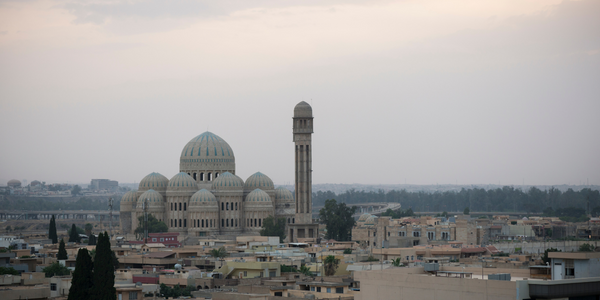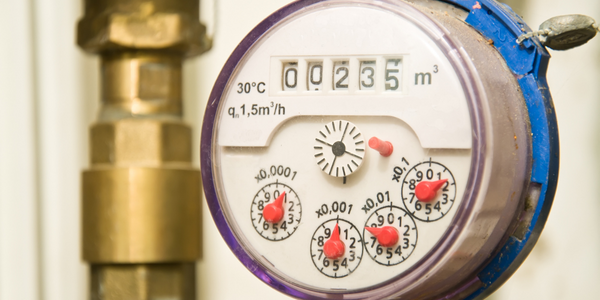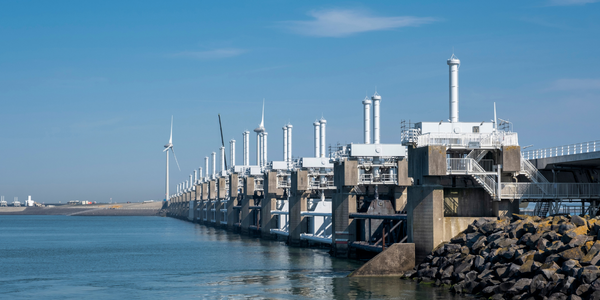Download PDF
MASJID AL-HARAM RELIES ON WIN-911 ALARM NOTIFICATION SOFTWARE

Technology Category
- Automation & Control - Supervisory Control & Data Acquisition (SCADA)
- Functional Applications - Remote Monitoring & Control Systems
Applicable Functions
- Business Operation
Use Cases
- Water Utility Management
The Challenge
The mosque needed a way to test its water supply and whenever the system registers a potential problem with the ph, sourcing, distribution, or cleanliness needed to be alerted.
The Customer
Grand Mosque
About The Customer
Masjid al-Haram, also known as the Sacred Mosque or the Grand Mosque, in Mecca, Saudi Arabia. Masjid al-Haram is the largest mosque in the world and houses the Kaaba, the object every Muslim faces during ritual prayer.
The Solution
The supervisory control and data (SCADA) system used to monitor the mosque’s water supply is now being monitored by WIN-911’s alarm notification software, enabling the system to operate as a prevention control mechanism.
Operational Impact
Related Case Studies.

Case Study
Automation of the Oguz-Gabala-Baku water pipeline, Azerbaijan
The Oguz-Gabala-Baku water pipeline project dates back to plans from the 1970’s. Baku’s growth was historically driven by the booming oil industry and required the import of drinking water from outside of the city. Before the construction of the pipeline, some 60 percent of the city’s households received water for only a few hours daily. After completion of the project, 75 percent of the two million Baku residents are now served around the clock with potable water, based on World Health Organization (WHO) standards. The 262-kilometer pipeline requires no pumping station, but uses the altitude differences between the Caucasian mountains and the capital to supply 432,000 m³/d to the Ceyranbatan water reservoir. To the people of Baku, the pipeline is “the most important project not only in 2010, but of the last 20 years.”

Case Study
Controlling water levels in canals with LoRa
A circuit of the small inland waterways and canals with stops at the numerous quays is a so-called ‘must do’ for tourists as they say. For municipalities or canal authorities however, it is of great importance to have insight in the water level of these canals to prevent them from flooding. To gain more insight in the water level of the canals, the Ministry of Infrastructure uses sensors with RS232 protocols. Since this technology is quite an old-fashioned one, it is not suited for controlling the water level from several canals real-time from distance.

Case Study
15 000 Device Smart Water Metering Solution
Utility management company was looking for a single complete solution that would allow them to manage all services at once with a universal one-gate solution. Looking for such it was decided to deploy an automated resource management system for smart water metering and then expand it to gas and heating AMI step-by-step.Utility management companies are facing several serious challenges for correct consumption statistics and billing:- Manual data provision by customers is often incomplete.- Utility agents collect meter readings sporadically and there is no proof check available.- Residents are not motivated with accurate accounting which means they do not track consumption properly.- There are no clear reasons of dis-balance between amounts of resource supplied and consumed. In some cases, it can reach up to 30% ensuring a residential management company budget loss.- The utility company has no other way but process meter readings manually wasting several days every month for more or less accurate accounting.- Undetected on time, for example, water leaks worsen this situation and brings a lot of damage to the property.

Case Study
IIC - Water Management Testbed
The growing water shortage is regarded as the most crucial global challenge, affecting both developing and developed nations at present. Large amount of water is lost in between the point of production and receipt by end users due to leaky pipes and outdated infrastructure. This results in the loss of millions of dollars and huge wastage of such a key resource. GOAL A substantial opportunity exists to reduce the amount of water lost. As water can be lost at multiple points over a wide geographical area, Internet of Things (IoT) technology is particularly well suited to address this problem. The Smart Water Management Testbed will implement a network of real-time sensors (leakage, moisture, and water -flow detection). These will be deployed at high-risk locations across the testbed water infrastructure to reduce the amount of water being ‘lost’ by: • Rapid detection of leaks • Preemptive detection of potential leaks • Precision irrigation of watered areas

Case Study
IT security for critical infrastructure with versiondog
Flood prevention and sewerage are highly mechanised and automated services that utilise the latest high-performance computerised controllers and IT networks. For a growing number of public water authorities, the versiondog data management system from AUVESY has significantly improved the process of keeping track of the associated data. Although the primary purpose of versiondog is usually to provide change and data management, it is also helping German water authorities fulfil the requirements of the country's IT Security Act 2015, especially with regard to ICS systems.

Case Study
MONACO USES ALARM SOFTWARE TO PROTECT BEAUTIFUL MEDITERRANEAN WATERS
Monaco’s sanitation department uses alarm software to monitor its water treatment facilities. With connections to the waste water networks, the main lifting stations, three storm overflows, a storm tank, as well as waste water pre-treatment and final treatment operations, the department can rest assured that they know exactly what is – and what is not – being put back into the ocean on a regular basis.





